With a new Dark Crisis looming, here's every DC Crisis event ever, ranked!
DC's 'Crisis' stories change the multiverse. Here's how they stack up
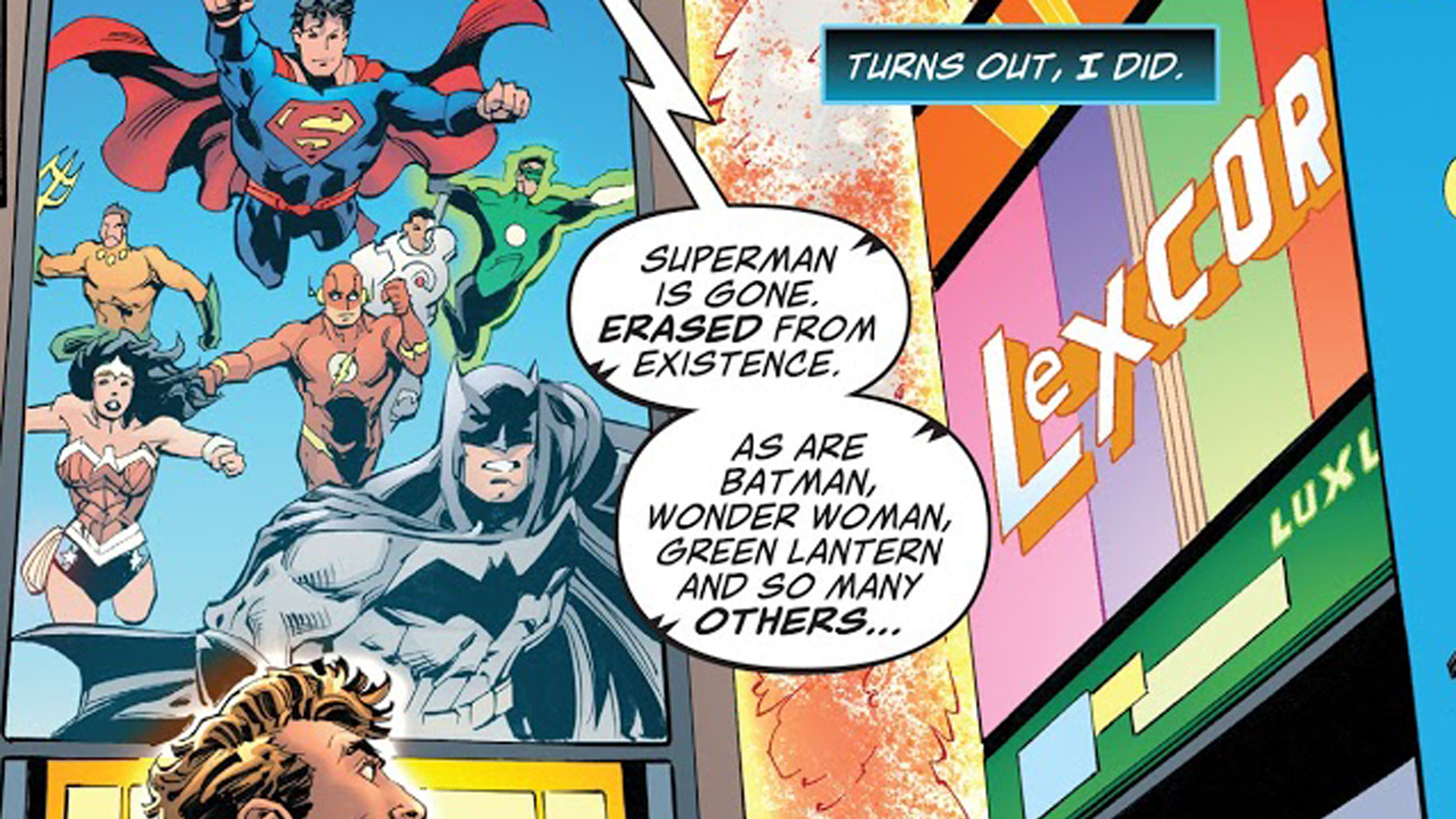
There's a Dark Crisis on the horizon. That's right, DC's big summer event for 2022 will be a dark version of their classic Crisis formula that dates back to the '70s, and which was made immortal with 1984's Crisis on Infinite Earths.
Thanks to stories such as that classic tale, 'Crisis' is a word that carries specific implications at DC; namely, the term is used for event stories that cross between (and sometimes totally change) different worlds in the DC multiverse.
First used in the '60s for a series of Silver Age multiverse crossovers between Earth-One and Earth-Two, the idea of a reality-rewriting Crisis event every few years is now baked into DC continuity - even invoking contrasting terms for events like 2020's Dark Nights: Death Metal, which DC called the 'Anti-Crisis.'
But with a new crisis looming, we are looking back at all the crises leading up to this summer's Dark Crisis event.
14. Heroes in Crisis (2018-2019)
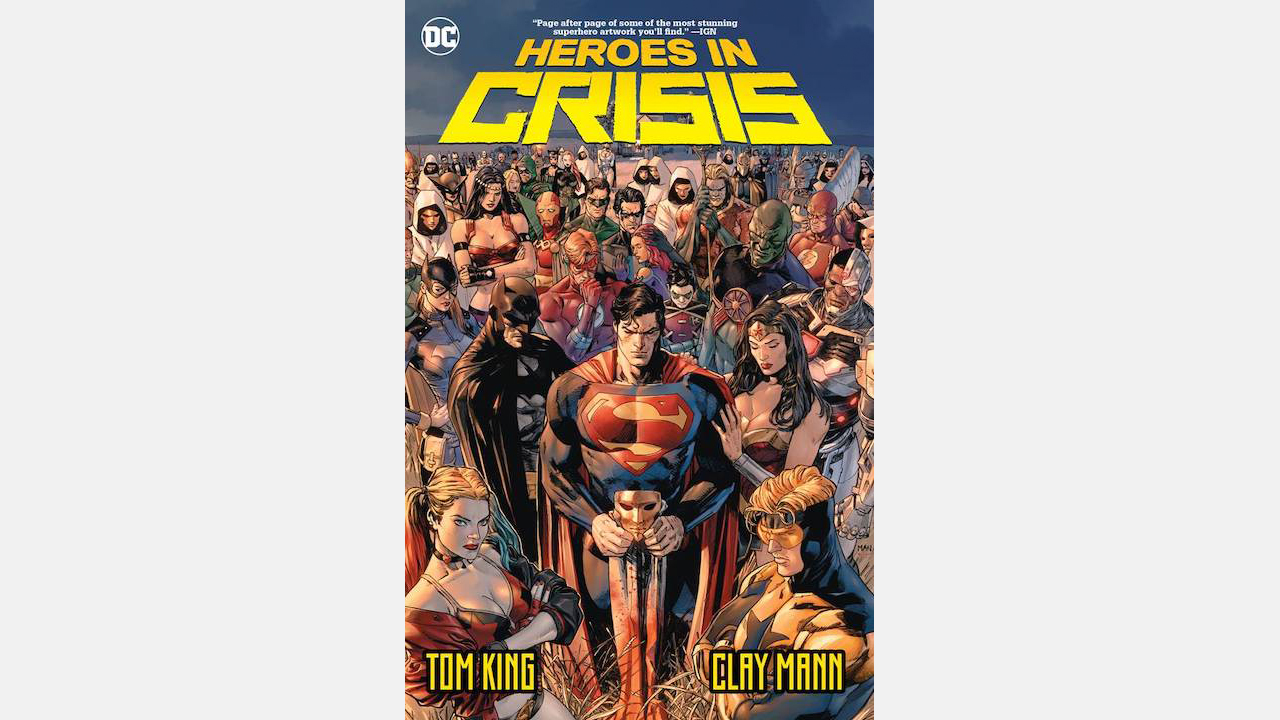
The Crisis saga gets introspective and morally muddy in Heroes in Crisis.
The initial hook is a great one: How do superheroes deal with the constant trauma that is their lives? The answer: Sanctuary, a hidden, AI-controlled respite where superheroes can recover from deaths, resurrections, memory wipes, and everything in between.
But through a series of disparate vignettes centered around a whole roster of forgotten Titans and DC co-stars like Roy Harper, Booster Gold, and Wally West, writer Tom King reveals that someone wants the secrecy of Sanctuary to be known to the world - and they are willing to do anything and everything to burn it to the ground.
Comic deals, prizes and latest news
Get the best comic news, insights, opinions, analysis and more!
Though handsomely rendered by lead artists by Clay Mann and Tomeu Morey, the story ends up a bit tangled up in the mystery and world-building around the enigmatic Sanctuary to ever really gain any traction as an event-level story.
13. Identity Crisis (2004)
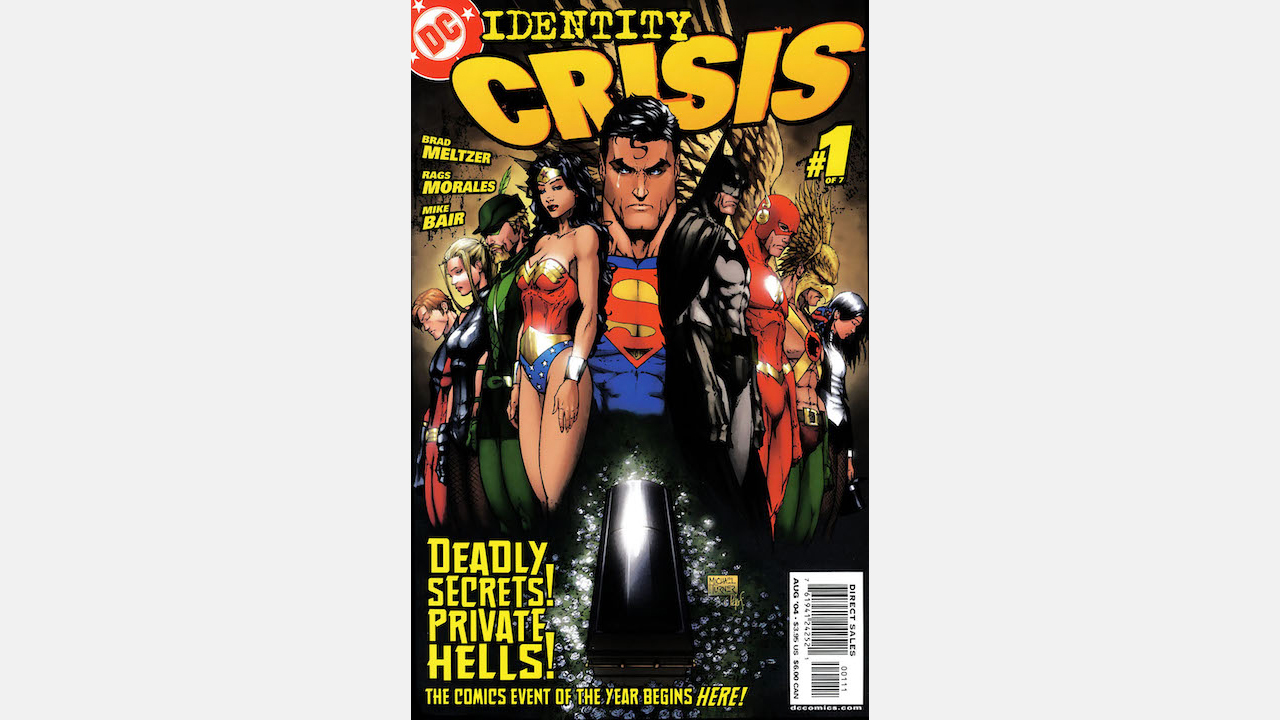
Identity Crisis is not your typical Crisis and that is exactly why it still carries such an infamous reputation to this day.
Though graced with some truly handsome and gut-wrenching pages from Rags Morales, Michael Bair, and Alex Sinclair, it is Brad Meltzer's script that stretches the concept of the Crisis to its arguable breaking point.
Equal parts murder mystery and revenge tale, the series melds the more realistic and gritty post-Ultimates boom that comic books were experiencing at the time with a Justice League story. The series was shocking for readers on several levels, from in-fighting among the heroes to gruesome deaths, character changes, and a shocking scene of sexual assault.
While the effort and the core concept are there, the execution choices Meltzer made left fans and some even creators alike questioning Identity Crisis then and now.
12. Zero Hour: Crisis in Time (1994)
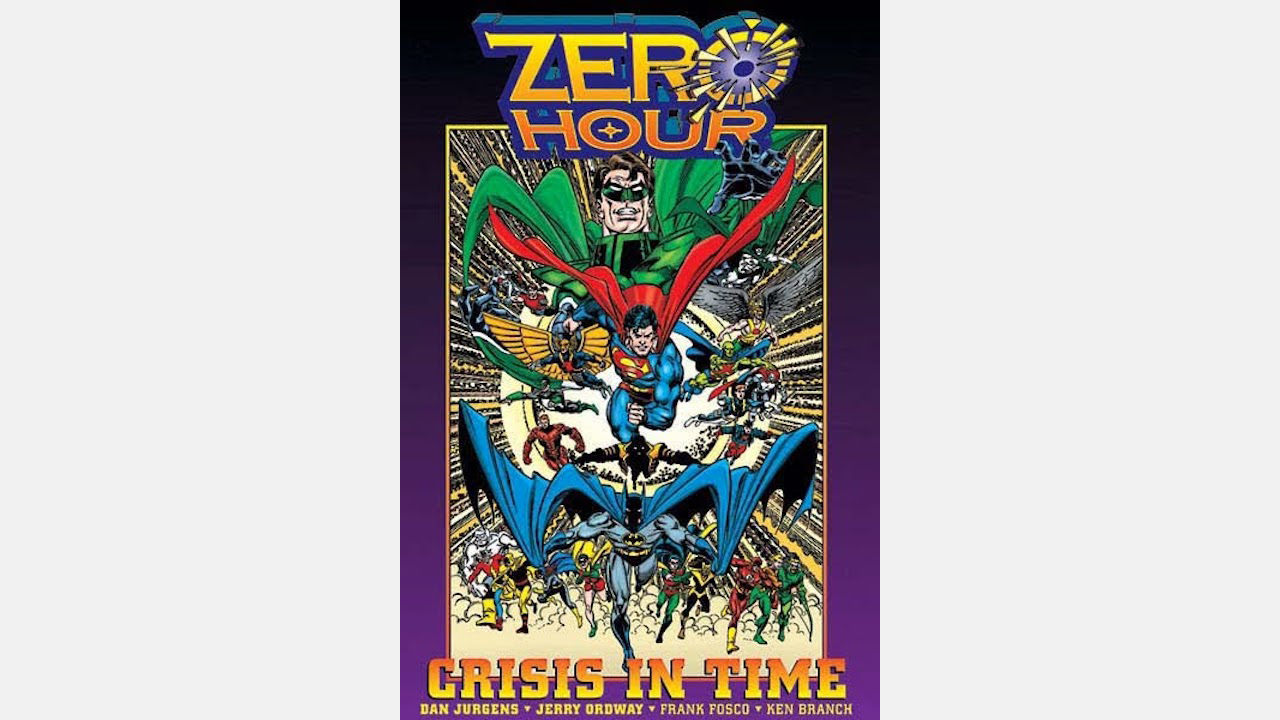
Zero Hour: Crisis in Time was a wooly, time-spanning tale from Dan Jurgens, Jerry Ordway, and Gregory Wright aimed to do for a time what the original Crisis did for the multiverse by simplifying the then overcomplicated timeline that DC had amassed.
Populated with some surprising B- and C-list villains and arguably some less-than-memorable moments (especially for a Crisis), Zero Hour stands as more of a cult curiosity than a blockbuster Crisis. This is largely due to the aforementioned villains, an unwieldy narrative, and a campiness that permeated through the era.
The implications of the series carried on into a 'Zero Month' that explored the new prime timeline, but alas, Zero Hour: Crisis in Time amounts to little more than a minor blip in the scheme of the Crisis books.
11. JLA: Crisis of Conscience (2005)
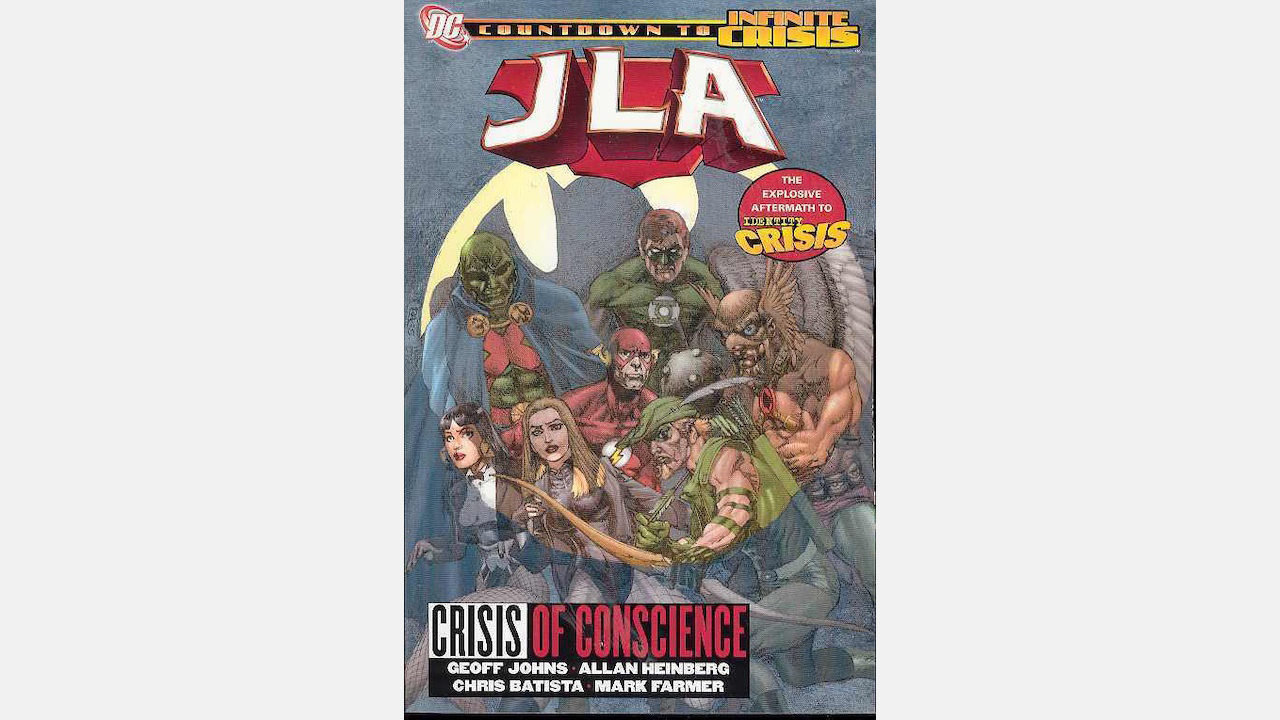
2005 found the Justice League at a tipping point. Allan Heinberg and Geoff Johns' 'Crisis of Conscience' arc in JLA exemplifies this tipping point. Instead of another Earth or Anti-Monitor, the League finds themselves facing down internal strife, moral quandaries, and a newly re-memoried Secret Society of Super-Villains.
Taking the personal stakes dredged up from Identity Crisis, 'Crisis of Conscience' delved into the consequences while also setting the stage for what was to come with Infinite Crisis.
10. Infinite Crisis (2005-2006)
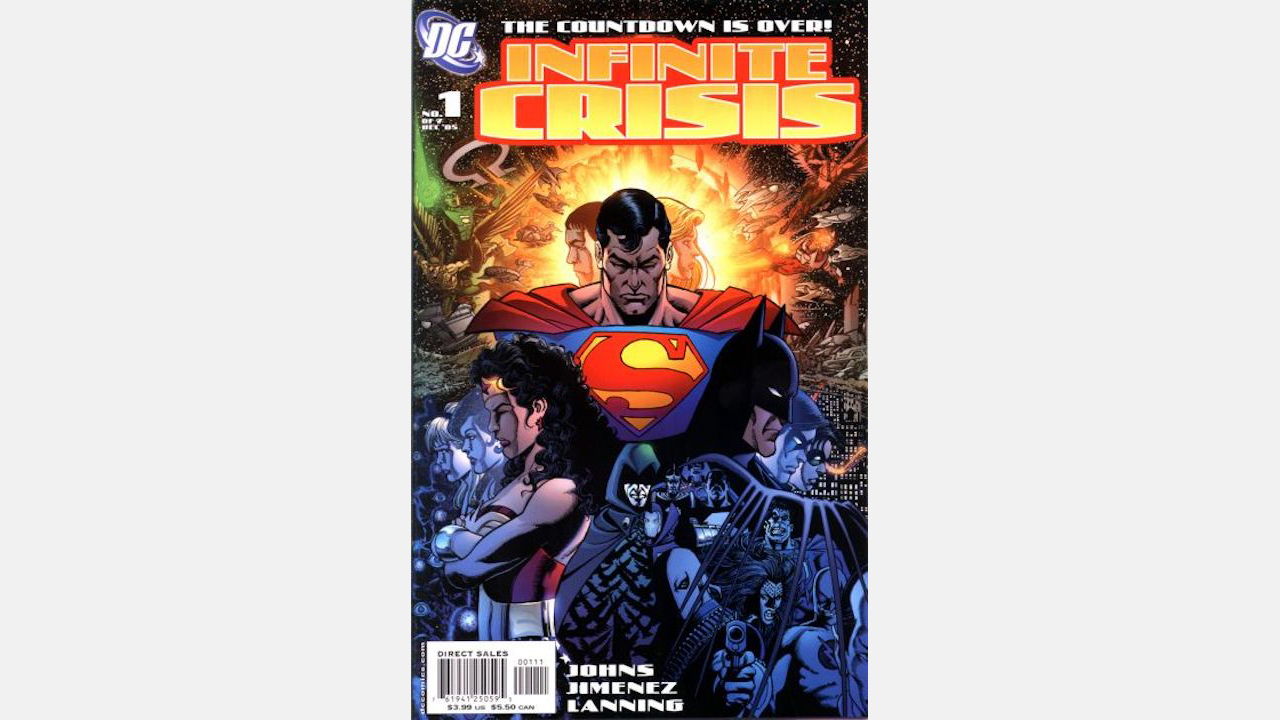
If there is one word to describe Infinite Crisis it would be 'ambition.' A direct sequel to the original Crisis on the twentieth anniversary of the original series no less, writer Geoff Johns, and artists Phil Jimenez, Jerry Ordway, George Perez, and Ivan Reis, along with an army of inkers and colorists, shot for the moon.
Positioned as a direct response to the more violent direction DC had been taking at the time, Infinite Crisis ushered in a new age of the DCU - literally burning away the past while paying serious homage to the original Crisis - even going so far as to lift dialogue and plot points from it.
Armed with the novelty of a sequel and a good turn in the direct direction for the publisher, Infinite Crisis stands as a unique new event that has serious echoes of DC's historic past.
9. JLA: Crisis Times Five (1999)
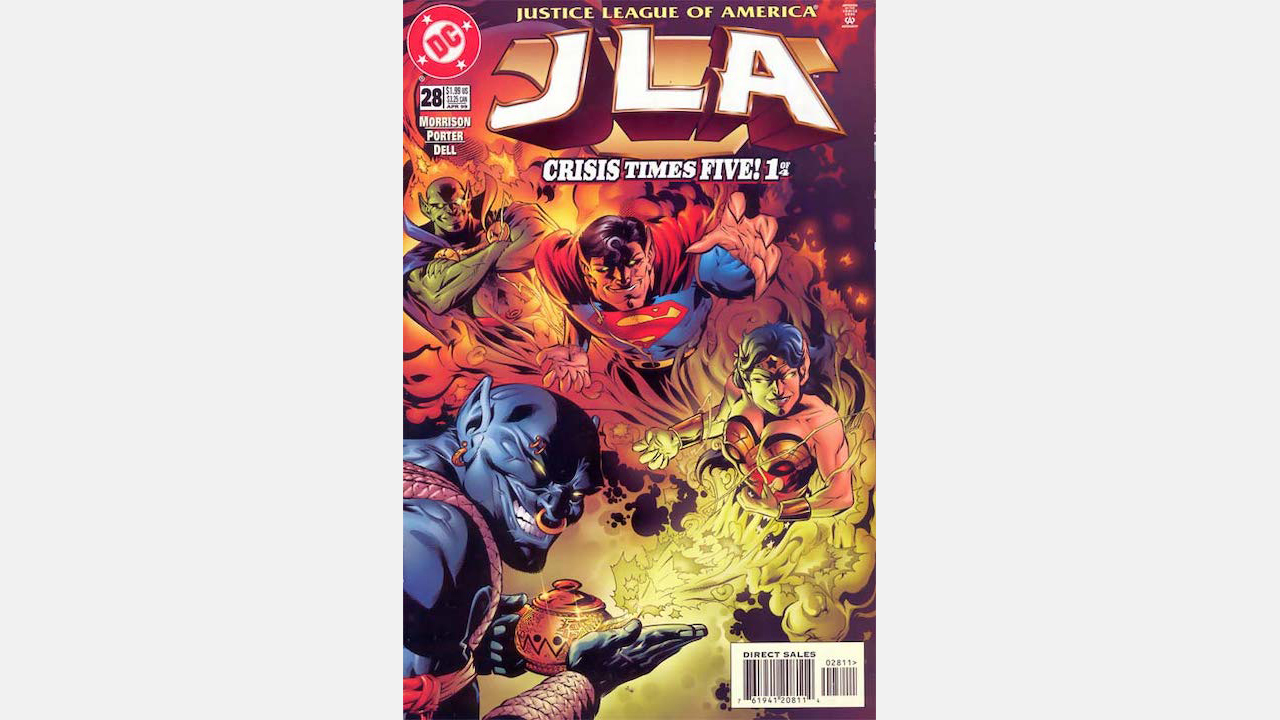
The name 'Crisis' always invokes the feel of a massive event, and Grant Morrison and Howard Porter's era on JLA was built around channeling that feeling in every issue - but never more so than when it adopted the cycle's moniker for the arc, 'Crisis Times Five.'
In this story, the 'Big Seven' and the JSA are absconded to the 5th Dimension thanks to the joining of Yz, former Thunderbolt of Johnny Thunder, and Jakeem Williams, who went on to be a staple in the pages of JSA.
Full of energy and kineticism, this JLA arc also conjures up the whimsy of Thunderbolt-related annual crossovers of the '60s and '70s. Not much lasted long from this arc (aside from Jakeem Williams), but JLA's 'Crisis Times Five' is still a gonzo superhero tale under the belt of Grant Morrison.
8. Krisis of the Krimson Kryptonite (1996)
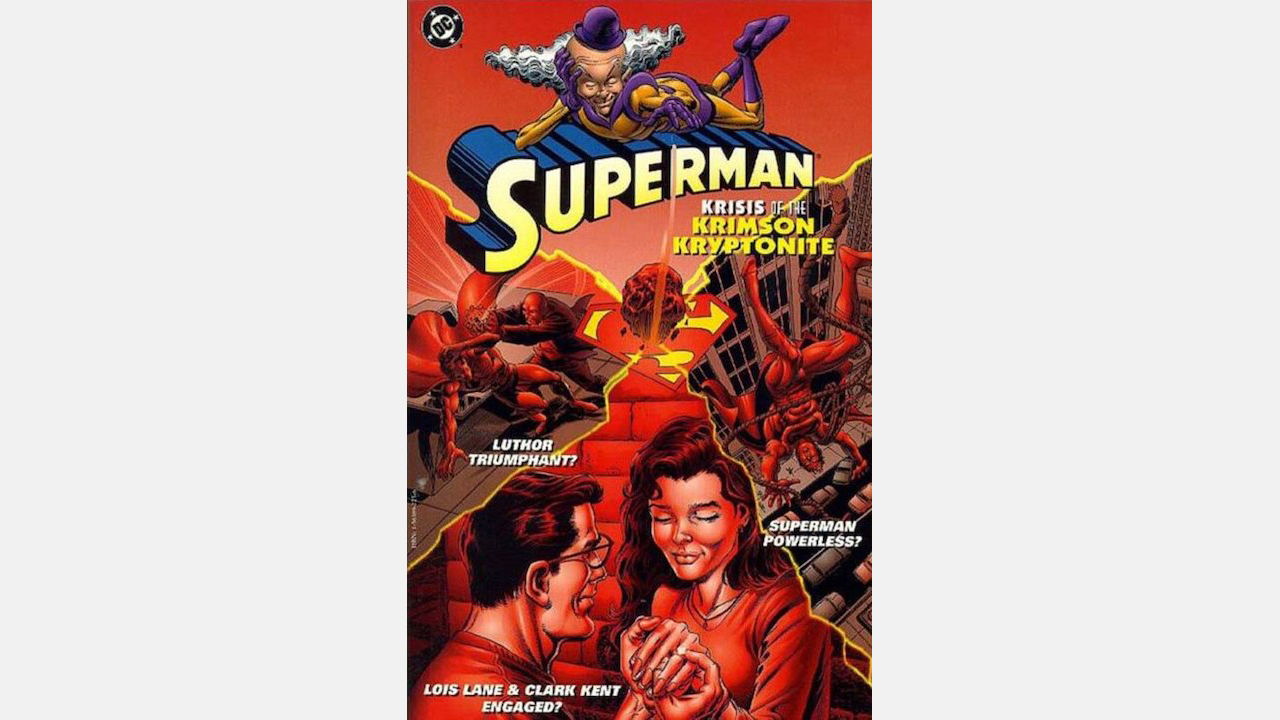
Not all Crisis events have such doomsday stakes.
Take 'Krisis of the Krimson Kryptonite,' a crossover between the Superman title line and Starman, for example. Though a Crisis in name only, this seven-issue arc from writers Roger Stern, Jerry Ordway, and Dan Jurgens actually ends up being a pretty important milestone in the lives of all of Superman's major players.
Not only does the mischievous Mr. Mxyzptlk introduced the power-reducing Red Kryptonite into the title, but Lex Luthor seemingly dies after a months-long thread and Clark Kent finally pops the question to Lois Lane!
Though it doesn't have apocalyptic battles and grand team-ups, 'Krisis of the Krimson Kryptonite' brings all the fun of a Crisis into a more intimate and personal setting.
7. A Second Crisis (Animal Man #23-24 - 1990)
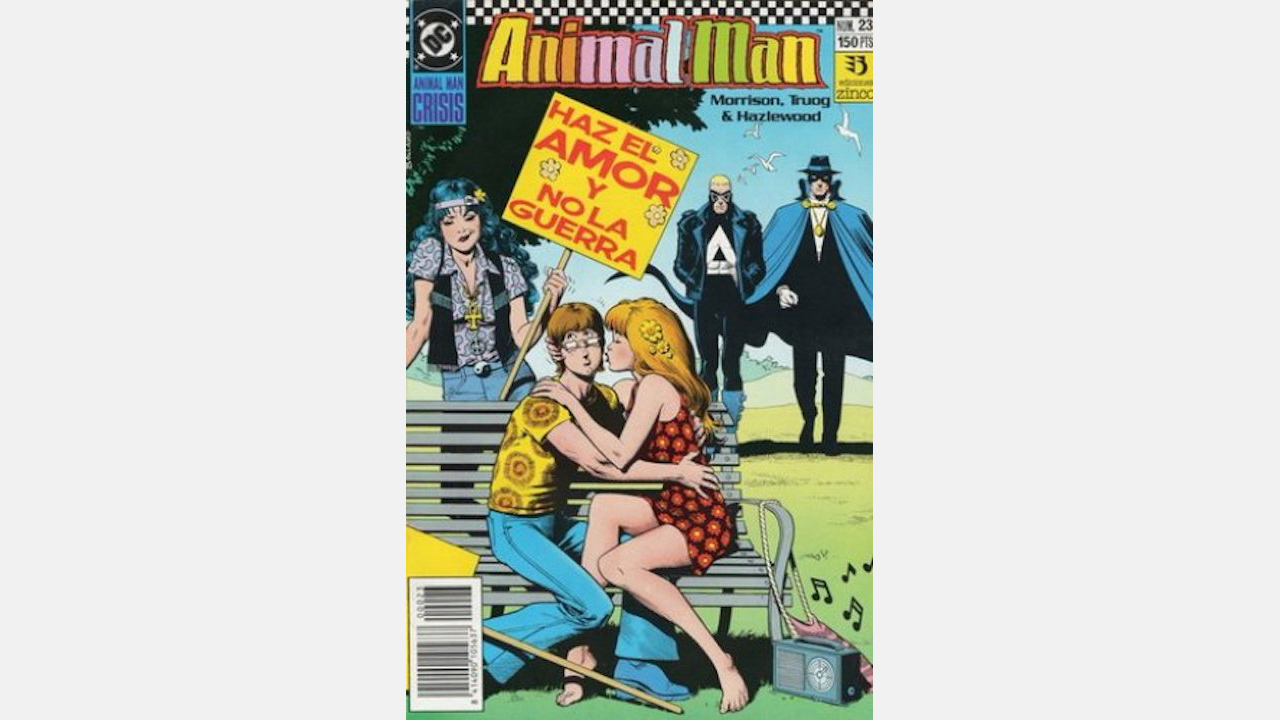
This two-issue arc is Grant Morrison's first brush with the Crisis moniker, but more importantly, this entry is one of the larger in-canon mentions of the event in regular monthly titles.
A quick and baroque chapter in Animal Man's life found him attempting to foil the Psycho Pirate bringing about a calamity by gathering "totems" of the Crisis - the implications of which rippled outward into other titles, making the idea that people at the event horizon of the battle with the Anti-Monitor were also possibly harboring memories of the grand battle. Perhaps they could even act on those memories, as the doomed Psycho Pirate did in this story.
Tom King and Geoff Johns have each played this kind of game in the pages of Batman and Doomsday Clock and it carries the same kind of charge as it did back in Animal Man.
Buddy Baker always seems to be in the thick of it, doesn't he?
6. Crisis on Multiple Earths (1965-1983) [annual crossovers]
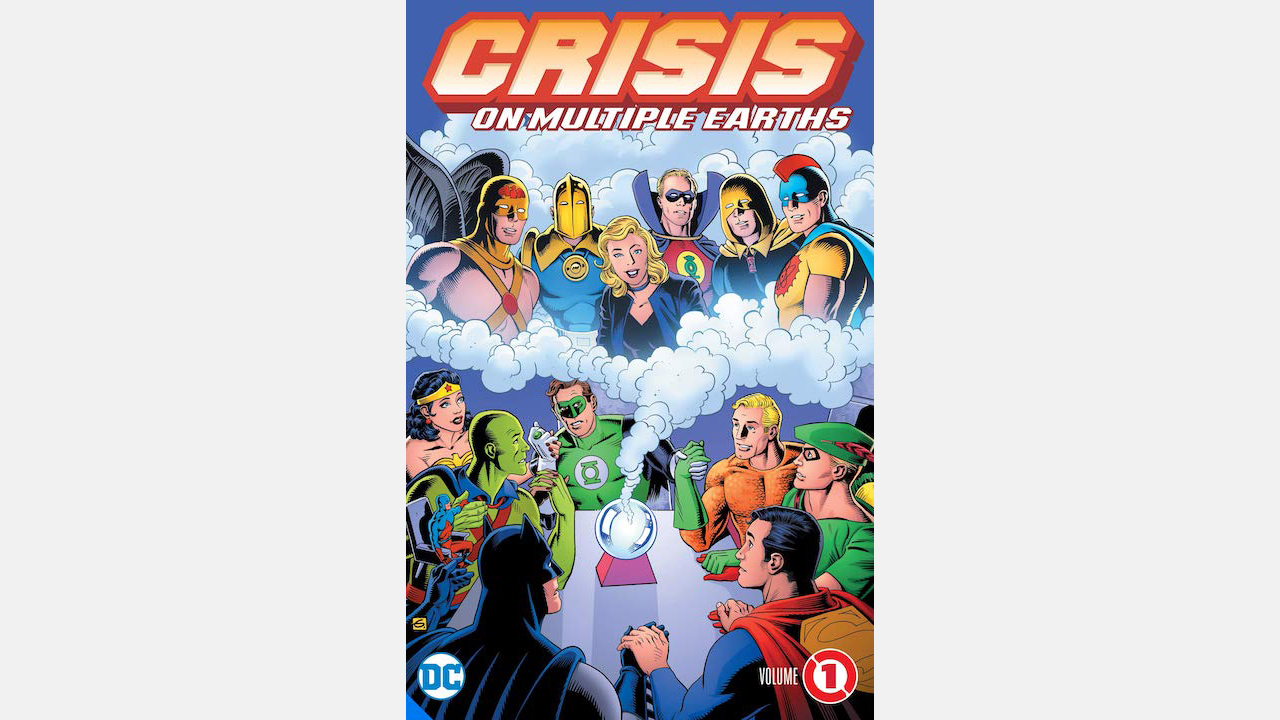
For a time, Crisis stories came like clockwork - and this era delivered the brand's most outlandish stories. From the 'Crisis on New Genesis' which found the League and JSA fighting alongside New Genesis against Darkseid and his Hunger Dogs through battle after insane battle with Johnny Thunder.
These Crisis stories stand as a peak and valley time for the cycle. While these stories are a mixed bag of sorts, they earned their place here simply by consistency and establishing the 'crossover' as a well-trod narrative trick for other heroes and titles.
Highlights from this era include the 'Crisis in the 30th Century!' which got the Legion of Super-Heroes in on the Crisis fun and the "Crisis from Yesterday" which found the League/Society fighting wartime characters like Enemy Ace and Jonah Hex after being flung into the past. None of these Crisis stories will ever be essential but we would be lying if they said they aren't a ton of fun.
5. Crisis on Earth-X! (1964)
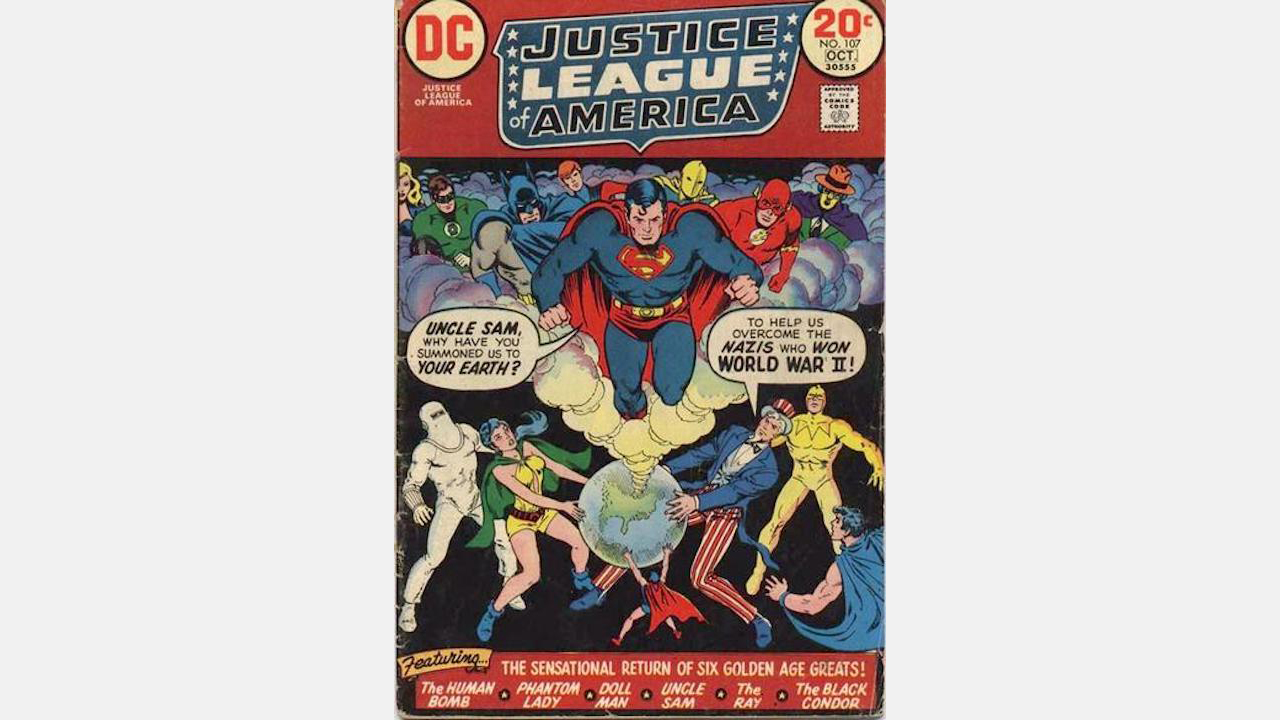
A true standout of the pre-Crisis annual crossover era. Helmed by Len Wein, Dick Dillin, and Dick Giordano, 'Crisis on Earth X' lands at #5 thanks to finding a new angle on the yearly crossovers and for its resurrection of Golden Age greats like the Ray, Phantom Lady, and Uncle Sam.
Summoned to the battle-torn Earth-X, the Justice League and the Justice Society join forces with the Freedom Fighters in order to set right X's history and find passage back to the team's respective Earths. Crisis on Earth X also is noteworthy for spawning another widely used concept: Earth X, the dreaded world where Allied forces lost World War II.
From a mega-crossover between DC CW shows to countless arcs of ongoing titles, Earth X has proved a well-trod battleground from its inception; a true testament to the original story's staying power.
4. Final Crisis (2008-2009)
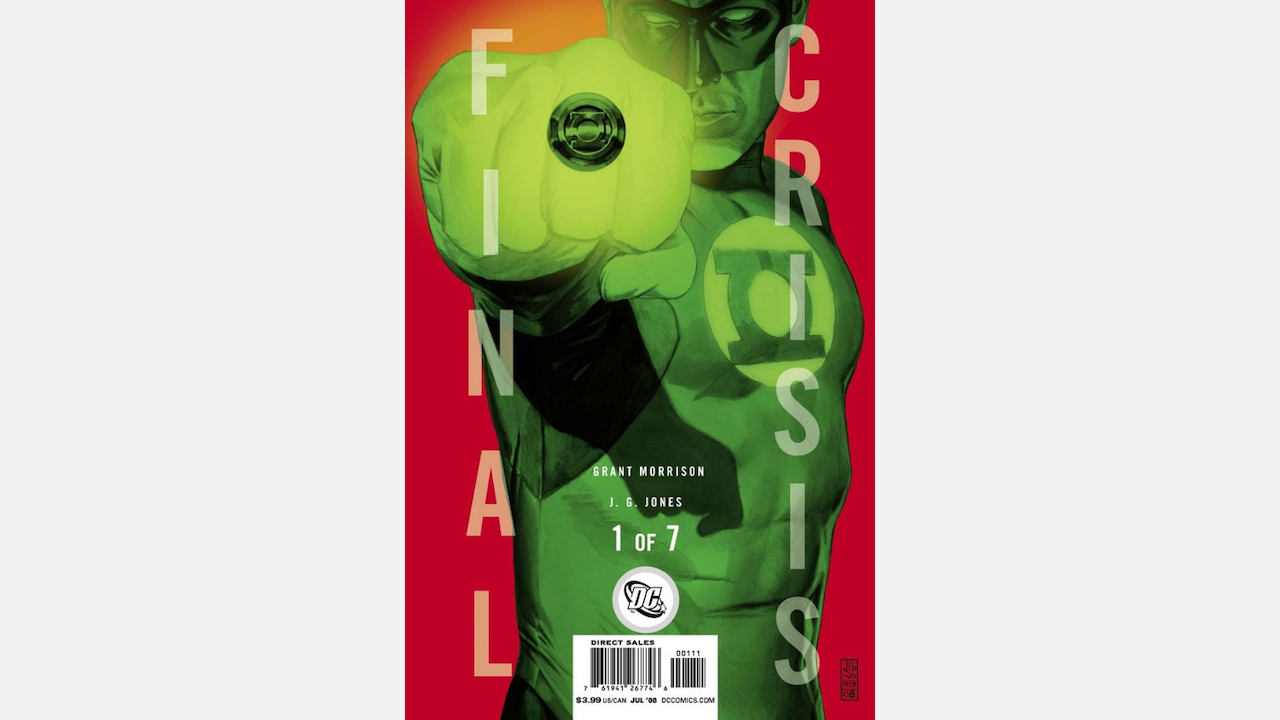
The Day Evil Won.
Grant Morrison's operatic and apocalyptic love letter to the DC multiverse, Final Crisis is an entertaining, head-scratching trip across the Orrey of Worlds that still is debated about to this very day.
This Crisis makes a bold attempt to reconcile the realist attitude the company had at the time with its more sweeping cosmic aspects. It doesn't quite succeed, but Final Crisis is still a solidly compelling window into the state of the line at the time and is scaffolded by Grant Morrison's rock-solid concepts.
Given theatrical life by artists J.G. Jones, Doug Manhke, Carlos Pacheco, and Jesus Merino, Final Crisis has all the grandeur and multiversal stakes of a classic Crisis.
3. Crisis on Earth-Three!/The Most Dangerous Earth of All! (1964)
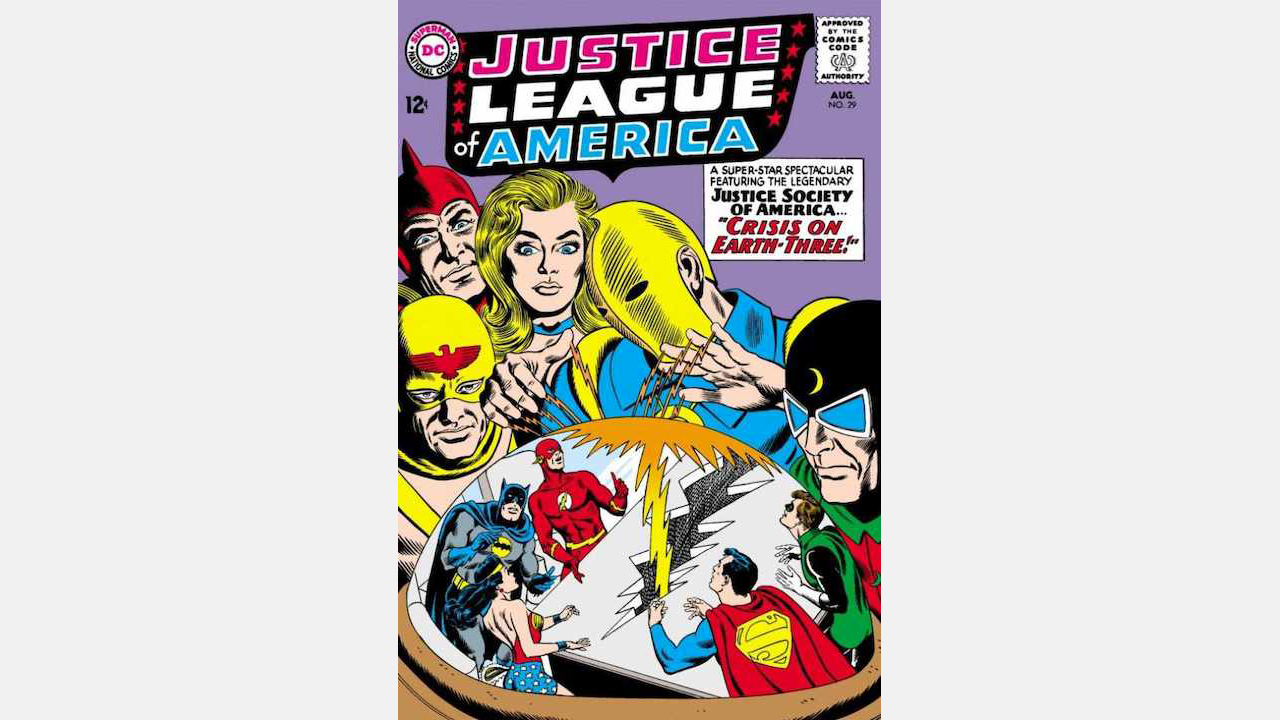
How do you follow up a wildly successful team-up between two of the greatest superteams in all of comics? With evil alternate versions, that's how!
Enter the Crime Syndicate of America, an instantly classic group of antagonists that have survived in some form or fashion even now.
Emboldened by their exploration of Earth-Two the year before, Gardner Fox and Mike Sekowksy took readers one more Earth over, expanding the DC multiverse and introducing a group of villains that were more than a match for the JLA and JSA.
This story proved that DC was committed to this multiversal experiment along with growing the roster of colorful characters that inhabited it.
2. Crisis on Earth-One!/Crisis on Earth-Two! (1963)
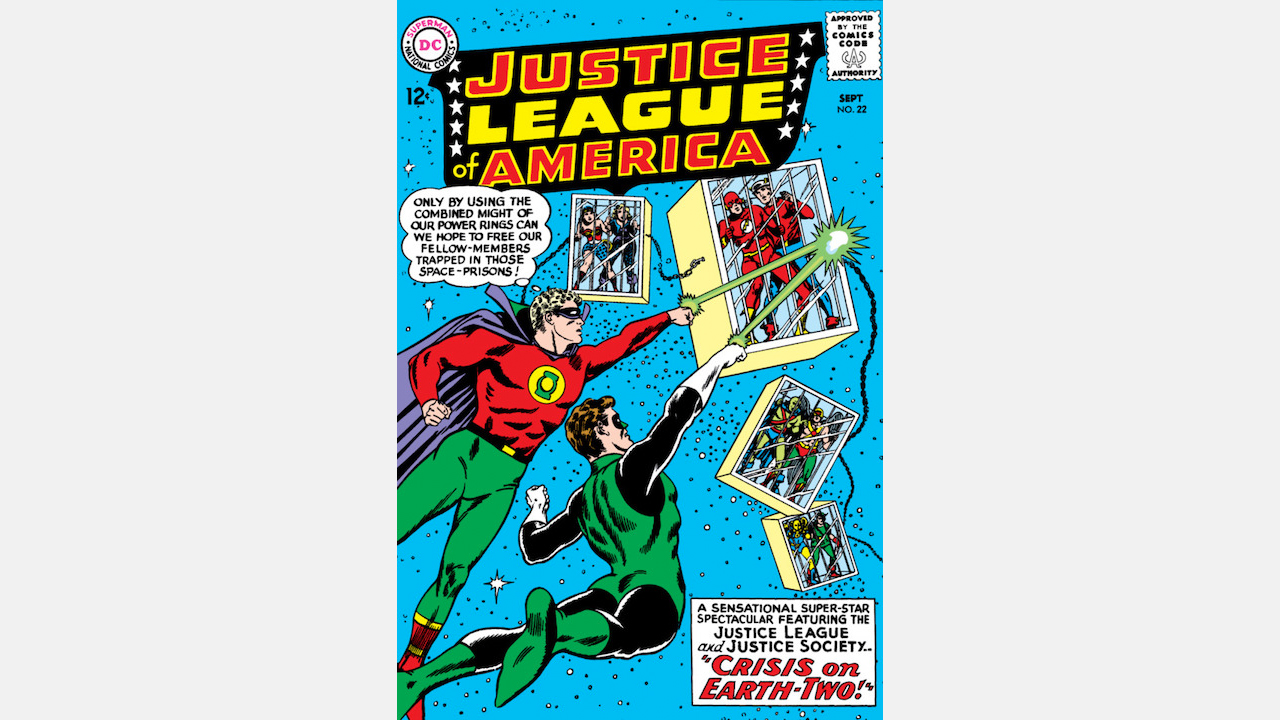
DC's first blockbuster team-up. Exploring the whole new Earth to introduced by the 'Flashes of Two Worlds', writer Gardner Fox and artist Mike Sekowksy gathered DC's greatest heroes in the Justice League of Earth-One and the Justice Society of Earth-Two and pit them against the combined might of the Crime Champions of not one, but two Earths.
The Crime Champions' bank-robbing motivations are quaint by today's story standards, however, this first major Crisis was a major coup for the publisher as it launched a yearly tradition that captivated readers and drove sales until well into the eighties.
The larger story implications of 'Crisis on Earth-One!' also cannot be understated. It started with the Flashes but ended with an entire multiverse, forming the very bedrock of DC's events for years.
1. Crisis on Infinite Earths (1985-1986)
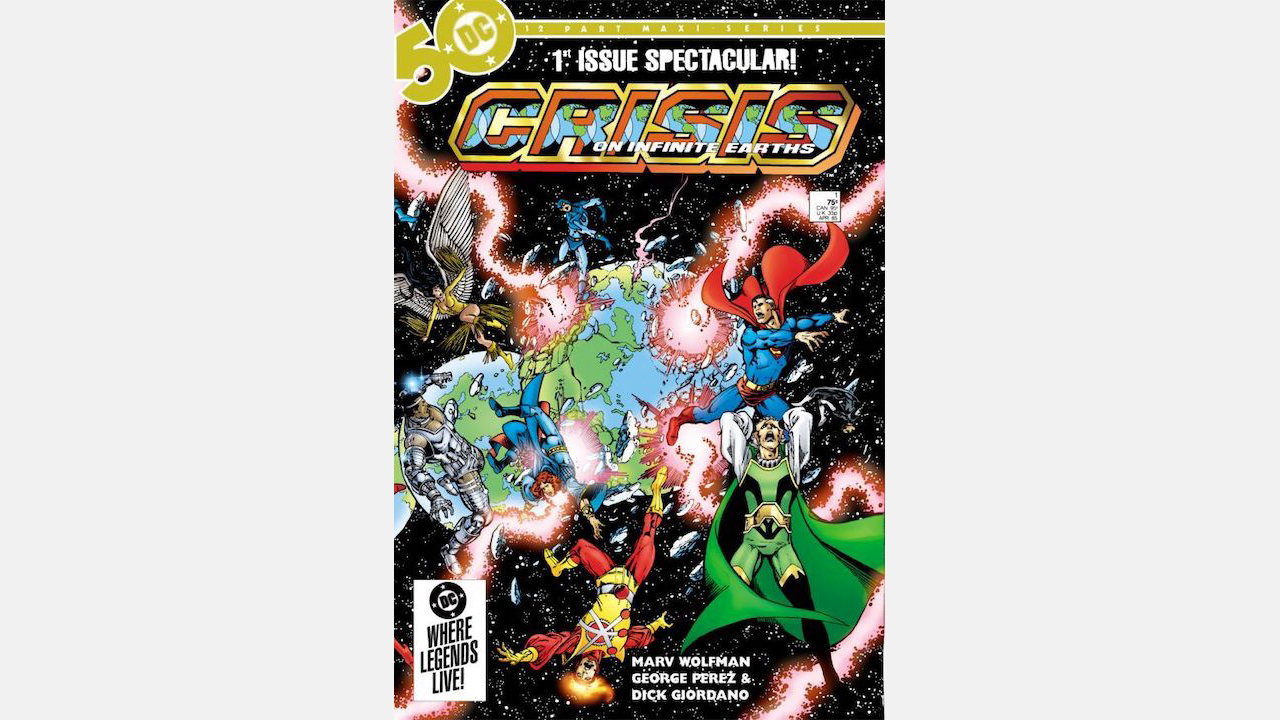
The gold standard of DC Crisis events.
Published over an entire year and credited with the herculean effort of tidying up the DC multiverse, Crisis on Infinite Earths is nothing short of a triumph.
Helmed by Marv Wolfman and George Perez, this mammoth 12 issue series (and subsequent 'guidebook' to the new universe The History of the DC universe) ushered in a new era of stories and characters for DC Comics and changed the face of the company, and medium, forever.
Justin Partridge is a freelance journalist who can be found at GamesRadar+ and Newsarama writing reviews about the best comic books out there. He's also known to put his encyclopedic knowledge of the industry to work by exploring some of the biggest events in comic book history.


